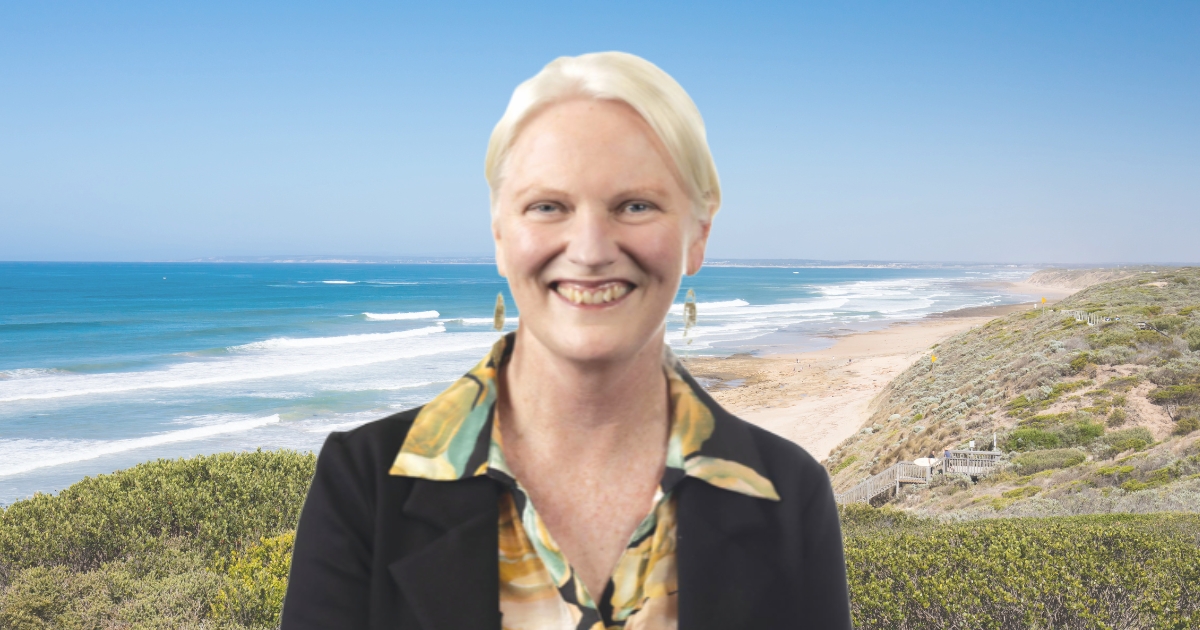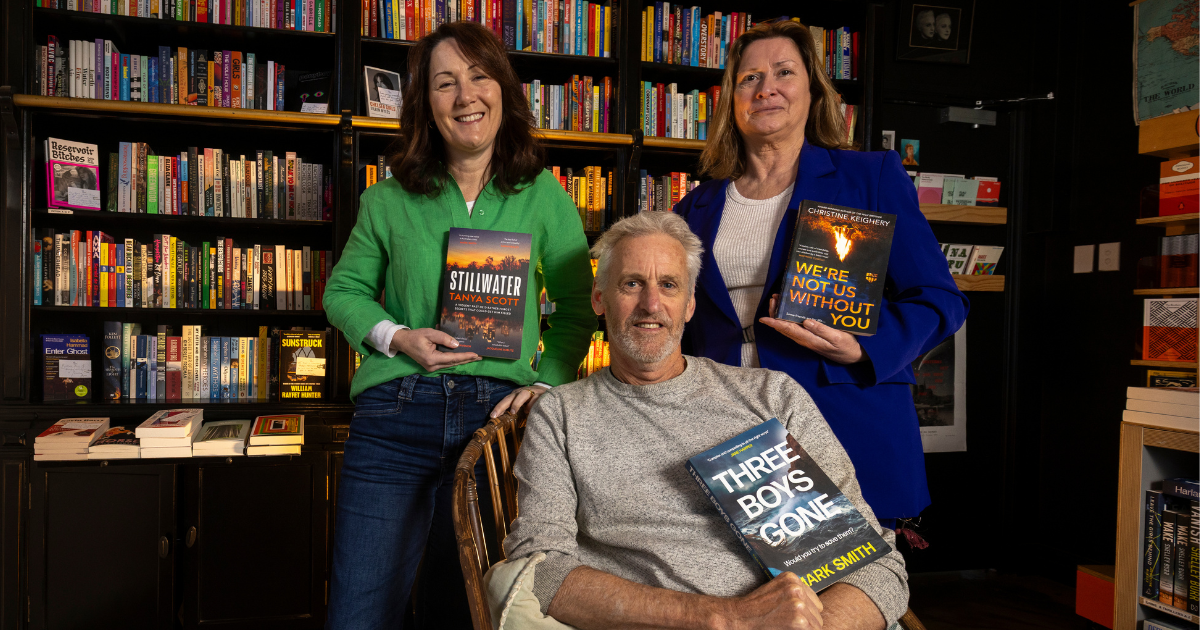Tourism spending survey holds warning for regional Victoria
TOURISM is now worth $28 billion to Victoria, but the Victorian Tourism Industry Council (VTIC) says there are warning signs for international visitor spending in the regional parts of the state.
The results of the International and National Visitor Surveys for the year ending September 2018 showed the performance of Victoria’s overall visitor economy hit $28 billion for the first time.
VTIC chief executive Felicia Mariani said the latest visitor survey results were pleasing and testament to the collective efforts of the industry.
“Crossing the $28 billion mark is an achievement both industry and government can be extremely proud of.”
Spend from domestic visitors in Victoria is up nearly 10 per cent to $14.6 billion ($8.2 billion in Melbourne and $6.4 billion in regional Victoria).
Victoria also welcomed more than 25 million overnight visitors from across Australia, with 16.2 million of those visits in regional areas.
However, the gap in expenditure continues to widen, with only 6.5 cents in every international dollar being spent in regional Victoria.
International overnight expenditure in regional Victoria continued to decline, falling by 2.6 per cent year-on-year to reach $542 million. Nationally, regional spend declined at a higher rate (-3.5 per cent).
“The worrying signs are highlighted when you compare the performance of regional Victoria to those states that are predominantly focused on regional visitation for their international performance, namely Tasmania (+7.7 per cent), South Australia (+8.7 per cent), Western Australia (+4.4 per cent) and even Queensland (+12.5 per cent), where Brisbane is not generally the major drawcard,” Ms Mariani said.
International visitors to regional Victoria decreased as well (-1.4 per cent) to 528,300, well below the national regional average growth rate of +3.8 per cent.
“VTIC has worked closely with the regional industry and we know there is a need for improved infrastructure in the luxury end for our regional areas, better transport options to disperse our international visitors beyond Melbourne for overnight stays, and high-end guided experiences for international visitors to engage with our amazing nature-based assets,” Ms Mariani said.
“These are not issues that we can market our way out of, and we need a comprehensive analysis that will look at the supply side issues impeding the growth and prosperity of the visitor economy in regional areas when it comes to high-yielding international markets.”


















